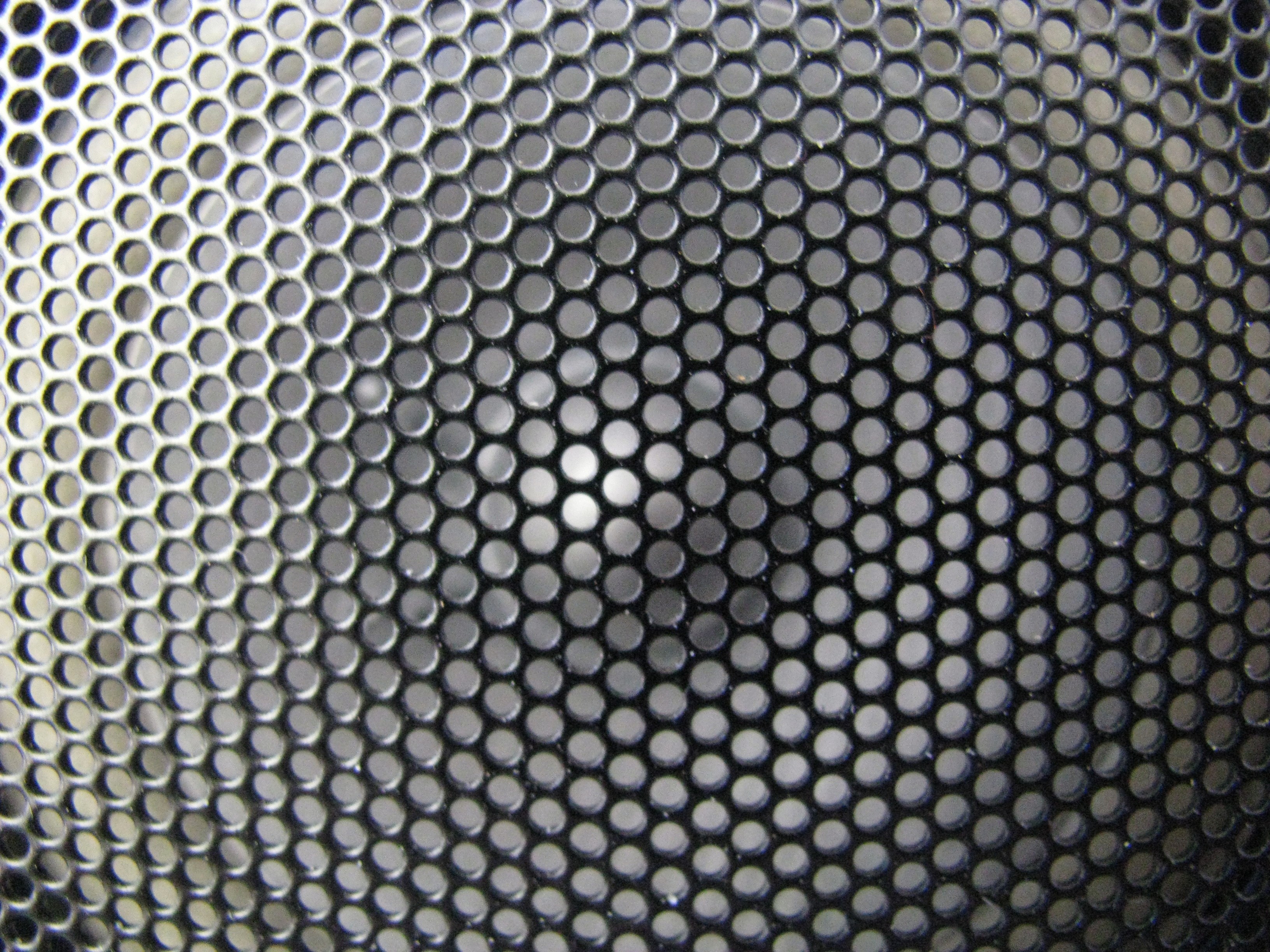
Image: DRB62 under creative commons
Consider a vacant gallery. Large area, high reflective ceiling, plaster walls, hard floor – very reverberant! It’s a new museum space, eventually to be filled with interior displays, graphic panels, projection surfaces, video monitors, interactive screens – oh and sound, lots of sound – video soundtracks all playing at the same time, interactive sound effects, music from this exhibit here music from that exhibit there. All in the one area! Unbelievable? No just your average Visitor Attraction. Welcome to the world of the museum sound designer / consultant / acoustician. It can be frustrating, exhilarating, rewarding.
How to avoid this potential cacophony? Give me a loudspeaker that places sounds where I want them and nowhere else, that plays full frequency range material and can be as loud as necessary. Oh and it should be invisible too. Unfortunately such a loudspeaker doesn’t yet exist so until it does it’s down to working with proven acoustic principles and knowing how various sounds can work together in sympathy.
Actually it’s not all that bad as long as the design company engage you early enough in the design process. (It’s not easy to change things when drawings have reached the ‘For Construction’ stage.) So choose the correct loudspeakers for each exhibit and it helps if they look nice. Argue your case to include acoustic absorbent treatment to selected areas – it makes the audio spill less and sounds much cleaner. Consider very seriously the playback content of each exhibit and advise against two exhibits playing different music tracks only 1 metre apart!
Soundtracks will not sound the same in the studio as they do on site – different loudspeakers, different acoustics, competing sounds. So do a final mix of your soundtracks in the actual space applying essential equalisation to minimise tonal colouration and make it sound as near as you can to your studio mix.
Then sit back in the gallery and listen and hope you have avoided the whole space sounding like an amusement arcade, unless that was the intention.
Does any of this sound familiar?
Peter Key













Comments